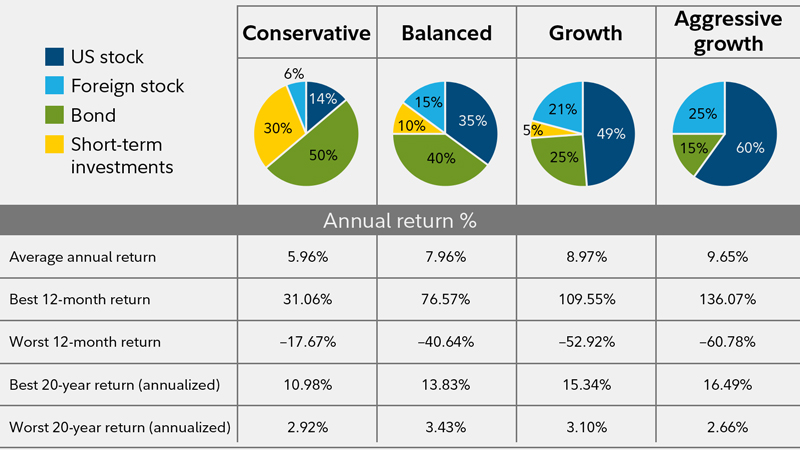Genetic contamination takes on a whole new meaning when the escapable trait could produce proteins to treat diabetes or a hepatitis B vaccine. Since 1985 the USDA has approved over 17000 different GM crops for field trials including varieties of corn soybean potato tomato wheat rapeseed canola and rice with various genetic modifications such as herbicide tolerance insect resistance flavor or nutrition enhancement drought resistance and fungal resistance.
 File Cornselection Jpg Wikimedia Commons
File Cornselection Jpg Wikimedia Commons
New genetically modified corn produces up to 10 more than similar types.

Genetic modification of corn. Genetic modification can also refer to simple plant breeding and cross-pollination of ordinary corn plants to combine favorable characteristics. Genetic transformation mediated by particle bombardment and Agrobacterium of corn to produce stable fertile transgenic lines is an essential technology for both basic. Among engineered food crops genetically modified corn is one of the most commonly cultivated.
However one of the most dramatic and prevalent alterations in plant genetics has occurred through artificial selection of corn. Modification of plants is not a. The corn plant which is able to be transformed does not contain all of the optimal genes which a producer needs in the field.
Supporters of genetic engineering have long promised it will help meet the world. This new trait does not change the other existing traits. Corn that has been modified can last longer without the need for preservatives which are chemicals added to the food to increase their shelf life.
Therefore the last step in biotechnology occurs in the field where plant breeders cross this corn plant which contains the cry 1Ab gene with their top performing lines to create a high yielding BT corn variety. Mutagenesis induced by chemical radiation tilling plant tissue culture transposon-based tagging and double haploids has been an important tool of basic and applied genetic research in corn. Genetically modified corn offers consumers the chance to experience less waste with their grocery bill.
A gene in a soil bacterium Bt is inserted into the DNA of the corn to create an insect-resistant corn. What is a GMO. A Little History Behind Genetically Modified Corn.
It could reduce the cost of other food products. Most common type of crops that are genetically modified. Pick up a box of cereal or other packaged food at the grocery store and chances are youre looking.
The easiest method of plant genetic modification see Operational Definitions in Chapter 1 used by our nomadic ancestors and continuing today is simple selectionThat is a genetically heterogeneous population of plants is inspected and superior individualsplants with the most desired traits such as improved palatability and yieldare selected for continued propagation. Corn products are used in a wide variety of goods. An open-pollinated crop corn is known for its promiscuitymaking it more prone to gene flow risks than other crops.
Corn tomatoes soybeans and potatoes. 4 2019 555 PM. By Erik Stokstad Nov.
Iowa State University GENETIC MODIFICATION OF CORN. We can find two types of modified corn. The genetic modification of corn that makes the plants resistant to certain pests is achieved by incorporating a gene from.
Genome Editing Genome editing is. This is accomplished by taking a sample containing the gene of interest the Bacillus thuringiensis and taking it through a series of steps that separate the DNA from the other parts of a cell. By inserting the Bt gene into the DNA of the corn plant scientists gave it the insect resistance trait.
The acronym GMO stands for genetically modified organism. Corn was originally domesticated in Mexico 10000 years ago by cross-pollination transforming teosinte a nondescript grass into full-eared modern corn. Crops producing their own herbicide Bt Herbicide-tolerant crops Monsanto Bt maize is a plant genetically modified by modern biotechnology to defend itself against the attack of lepidopteran insects.
Corn or maize began as a wild grass called teosinte that had tiny ears with very few kernels 4. Genetically Modified Corn DNA extractionSeparation is the first step in the genetic engineering process. European corn borer larva in maize Source.
